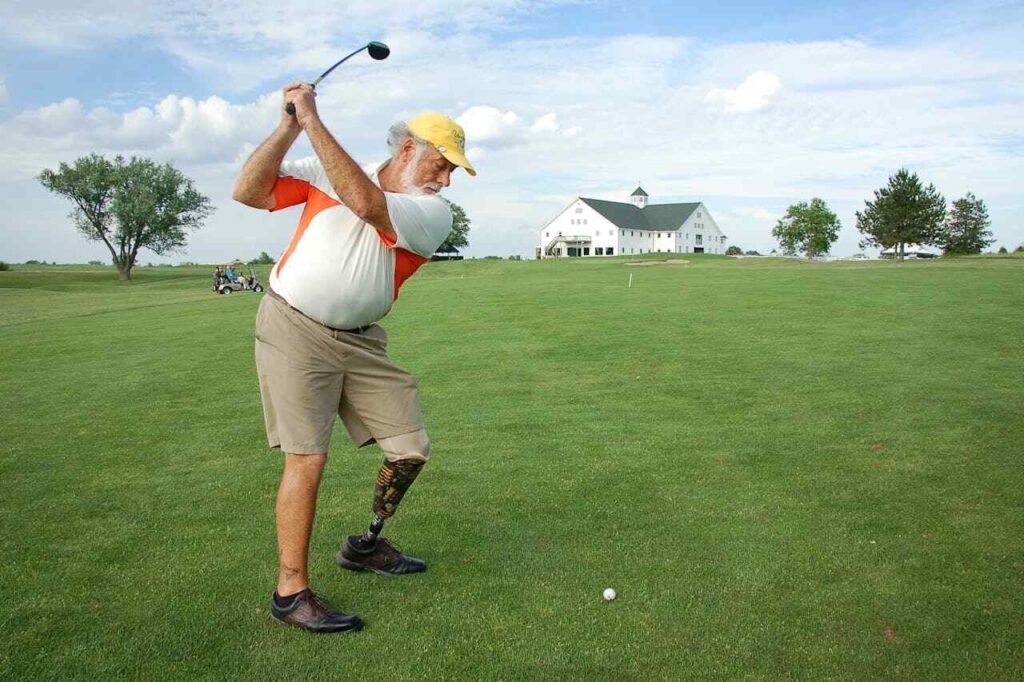Staying steady on your feet should feel calm and easy. If you use a prosthetic hand or limb, and you are in your later years, balance can feel tricky at times. That is okay. With simple practice, done the right way, your body learns new habits. Your mind grows calm. Your steps feel sure again.
At RoboBionics, we work with seniors across India every day. We listen, we test, and we design routines that fit real life. This guide is short on fluff and rich in steps you can start at home. The moves are gentle. The language is simple. Safety comes first. You will learn how to set up your space, how to warm up, and how to build balance slowly with easy drills you can trust. You will also see how to make each move fit your body and your prosthesis, without strain or fear.
Setting the Foundation: Why Balance Matters
Understanding Balance After Amputation
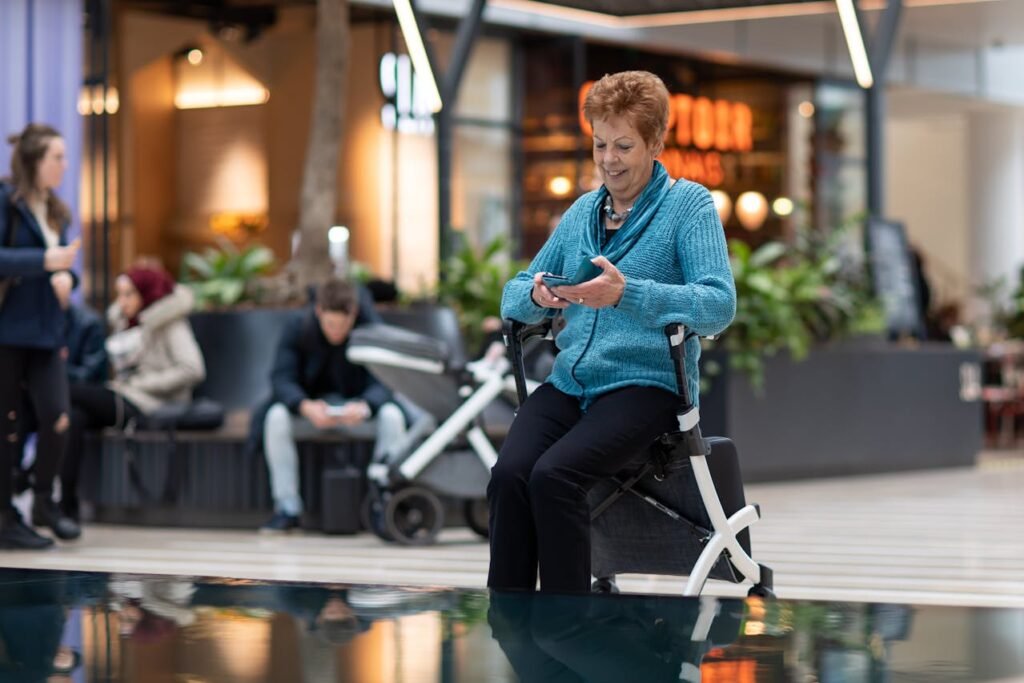
Balance is not just about standing still. It is about how your body reacts when you move, turn, or reach.
When you lose a limb, your center of gravity shifts. Your brain and muscles must relearn how to hold, move, and steady your body. This learning takes time and patience.
For seniors, natural changes in muscles, joints, and vision can add more challenge. That is why gentle, steady practice is so important. Balance is like any other skill—it grows stronger with care and repetition.
The Role of Prosthetics in Stability
Your prosthetic limb is designed to become part of your movement, not just a support tool. With the right fit and training, it works with your body to maintain even weight on both sides.
If your prosthesis feels heavy, unstable, or uneven, it might affect your confidence and posture. Small adjustments by your prosthetist can make a big difference. Never ignore discomfort or strange pressure points.
A comfortable, well-aligned prosthesis helps your muscles relax and coordinate naturally. When the body feels stable, balance training becomes smoother and safer.
Common Balance Issues for Senior Users
Many senior users notice certain patterns—feeling wobbly when turning, leaning more on the sound leg, or hesitating while stepping on uneven ground.
Sometimes the fear of falling makes people move too stiffly, which actually reduces balance further. Others may take smaller steps, lowering stability.
The first goal of training is to rebuild trust in your body. Every exercise you will learn in this guide works toward that goal—slowly, safely, and with kindness to yourself.
Creating a Safe Practice Space
Choosing the Right Area
Before you begin, choose a space that feels calm and safe. A clean, open area with firm flooring is best. Avoid rugs that slip or corners with sharp furniture.
Stand near a wall or a steady chair for support. If you ever feel unsteady, hold it lightly until your balance returns.
Good lighting also helps. You need to clearly see where you stand, where you place your feet, and what surrounds you.
Footwear and Clothing
Wear comfortable, flat shoes with a firm grip. Avoid slippers or loose sandals that slide easily. Shoes that fit well keep your prosthesis aligned correctly and prevent strain on your joints.
Choose clothes that allow full movement. Tight or heavy fabrics can restrict your motion.
If you use a liner or sleeve with your prosthesis, ensure it is clean and fitted properly before starting your exercises.
Safety Tips Before You Start
Always begin your balance work when you are well-rested. Avoid practice right after meals or when you feel dizzy or tired.
If you have medical conditions like diabetes, arthritis, or blood pressure issues, speak with your physiotherapist before starting new exercises.
Keep a bottle of water nearby. Take short breaks if your muscles feel tense or shaky. Balance training is not about pushing limits—it is about steady progress.
Warming Up the Body
Gentle Movements to Wake Up Muscles
Warm-ups prepare your body for safe movement. Spend about five minutes loosening your joints before you start balance drills.
Begin by rolling your shoulders in slow circles. Feel your neck relax. Move your arms lightly, then your wrists and fingers if your prosthesis allows motion.
Next, shift your weight from one leg to the other. Feel the soles of your feet press the ground evenly. This helps your brain reconnect with balance control.
Breathing for Focus and Calm
Good breathing helps your body stay centered. Stand tall, place one hand on your stomach, and take slow, deep breaths.
Breathe in through your nose for three counts, hold for one, then exhale gently through your mouth. Do this for a minute or two.
Steady breathing keeps your heart rate calm and helps your mind focus on each small movement. Balance is not just physical—it’s mental awareness too.
The Mindset of Practice
When you start, progress may feel slow. But even short, simple sessions matter. Think of each day as a small step forward.
Celebrate moments of control, not perfection. Each time you hold your balance a little longer, your muscles remember that success.
Be kind to yourself during practice. Confidence grows quietly, with every repetition and every steady breath.
Basic Balance Routines for Beginners
Standing Weight Shifts
Stand tall with your prosthetic leg slightly apart from your sound leg. Hold a chair or wall for light support.
Slowly shift your weight from one foot to the other. Feel the pressure move from the heel to the toes on each side. Do not rush. Focus on even movement.
Repeat 10 to 15 times. Rest between sets if needed. Over time, try to reduce hand support as your balance improves.
Heel-to-Toe Standing
Place one foot directly in front of the other so the heel of one touches the toes of the other. This position challenges your balance gently.
Keep your knees soft and your gaze straight ahead. Hold for 10 seconds, then switch feet. Use light support if you need it.
As you gain confidence, try to hold longer or move your arms slowly while keeping balance.
Side-to-Side Steps
Step gently to the side with your sound leg, then bring your prosthetic leg to meet it.
Repeat in the other direction. This movement builds hip strength and side stability—important for walking on uneven ground.
Do this for 30 seconds, rest, and repeat. Move slowly, focusing on smooth, steady steps rather than speed.
Building Strength and Control
Engaging Core Muscles
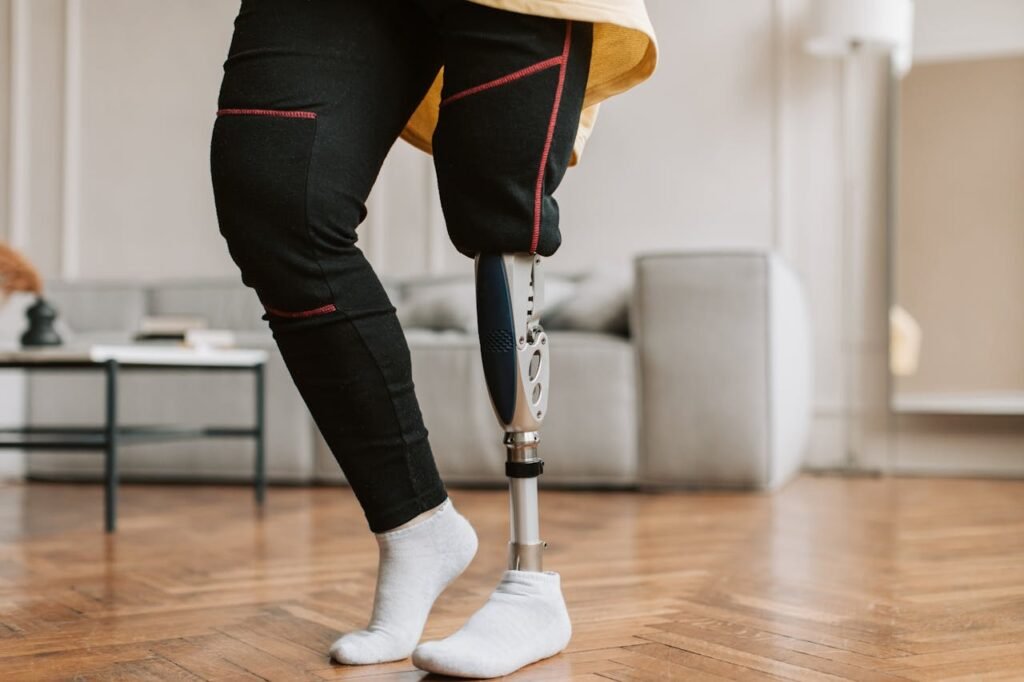
Your core—the muscles in your belly and lower back—plays a huge role in balance. A strong core supports your spine and keeps your movements steady.
Sit or stand tall and gently pull your belly inward, as if trying to zip up tight pants. Hold for five seconds, then release. Repeat several times during your practice.
Avoid holding your breath. Keep the movement gentle and natural.
Leg Strengtheners for Seniors
If your prosthetic allows, try seated leg lifts. Sit on a sturdy chair, extend one leg straight, hold for a few seconds, then lower it slowly.
Switch legs and repeat. This strengthens your thighs and improves stability while standing or walking.
When you feel ready, add small standing squats by bending your knees slightly while keeping your back straight. Use support as needed.
Small Movements, Big Results
Even small, slow movements teach your body control. The key is consistency. Practicing for 10–15 minutes every day helps your balance more than one long weekly session.
Over time, your reflexes improve. Your prosthesis feels more like part of your body, not something you must think about.
Balance becomes a quiet habit—something your body simply does.
Advancing Your Balance Routine
Moving Beyond Basic Stability
Once you feel steady with beginner drills, you can add small challenges. These help your brain and muscles work together more smoothly.
You don’t need to rush into complex moves. The goal is steady progress, not speed. Always warm up first, and have support close by if needed.
Try practicing in front of a mirror to observe your posture. This helps you spot any leaning or uneven weight placement early on.
Adding Movement and Coordination
Start with slow marching in place. Lift each knee one at a time, just a few inches off the floor. Focus on keeping your upper body straight.
March for 20 to 30 seconds, then rest. You can hold a wall for light support or place your hands on your hips for more challenge.
Next, try gentle heel raises. Stand tall, lift your heels slowly, then lower them back down. This strengthens your calves and improves ankle control—important for balance on your prosthesis.
Repeat 10 to 15 times. With time, you’ll feel more control in every step.
Turning and Reaching Movements
Real-life balance isn’t just standing still—it’s about movement in all directions. Practice small turns while holding a stable surface for safety.
Turn slowly to your left, pause, then back to center. Repeat to your right. Make sure your prosthesis moves smoothly, and avoid twisting your hips too sharply.
You can also practice reaching for light objects on a table or shelf. Move slowly, keep your feet planted, and focus on maintaining control while you reach.
These simple motions mimic daily actions like picking up a cup or turning to talk to someone.
Confidence and Mental Strength
Overcoming Fear of Falling
It’s natural to feel cautious after an amputation, especially when learning to balance again. Many seniors hesitate, afraid of losing control or falling.
Fear is powerful, but it can shrink with understanding. Each time you complete a small task safely, your brain relearns that movement is okay.
If you ever feel nervous, use safety tools like grab bars, walkers, or a steady wall. Start close to support, and step away only when you’re ready.
Confidence grows from repetition. Every safe session replaces fear with familiarity.
Building Mental Focus
Balance is a mix of body and mind. When your thoughts wander, your body follows. Calm attention helps you react smoothly to any shift.
Before each session, take a few slow breaths. Clear your mind. Feel the ground beneath your feet. Tell yourself: “I am safe. I am steady.”
This mindset trains your body to stay relaxed even in movement. A relaxed body balances better than a tense one.
Small Wins, Big Changes
Progress can be quiet. Maybe today you held a pose a few seconds longer. Maybe your walk felt smoother. Celebrate these moments—they are the foundation of lifelong stability.
Some days may feel harder than others. That’s normal. What matters is consistency. Small wins, collected over time, become real independence.
The goal is not perfection. It’s feeling confident enough to move freely through your day without fear or hesitation.
Real-Life Balance Practice
Everyday Movements as Exercise
Balance training doesn’t always require a gym. Many daily tasks can double as gentle practice.
When brushing your teeth, try standing on your prosthetic leg for a few seconds. While waiting for the kettle to boil, practice shifting your weight from side to side.
When folding clothes or cooking, focus on keeping both feet grounded and your spine upright. These moments strengthen balance quietly, without adding extra time to your day.
Simple repetition turns balance into a natural part of life—not just an exercise.
Navigating Uneven Surfaces
Walking outdoors adds variety and challenge. Paths, grass, or ramps make your body work harder to adjust balance.
Start with flat, safe areas, and progress slowly to slightly uneven ground. Move at your own pace and use a walking stick or companion if needed.
Look ahead while walking, not down at your feet. This helps your body maintain posture and coordination naturally.
If you feel unstable, pause, breathe, and regain control before moving again.
Sitting, Standing, and Transitions
Getting up and sitting down safely are crucial parts of balance training. Start with a sturdy chair. Place your feet evenly, press through your legs, and rise slowly.
When sitting, control your motion. Lower yourself gently without dropping into the chair.
These movements strengthen your thighs and hips while teaching coordination between your prosthesis and your natural limb.
With time, you’ll notice smoother transitions, less strain, and greater ease in everyday activities.
Building a Daily Practice Routine
Creating a Consistent Schedule
Balance improves with regular practice. Set aside 15 to 20 minutes each day for your routine. Morning sessions can wake up your body; evening ones help release tension.
Try to practice at the same time each day. Consistency teaches your brain and muscles to expect and adapt to balance work naturally.
Keep your environment calm. Soft background music or quiet surroundings help you focus.
If you skip a day, don’t worry. Just return to your next session gently, without guilt or pressure.
Listening to Your Body
Balance practice should never cause sharp pain or dizziness. Mild muscle tiredness is normal, but discomfort is a sign to stop and rest.
If your prosthesis feels misaligned or heavy, talk to your prosthetist. Proper fit is essential for safe movement.
Your body knows when to push forward and when to pause. Respect those signals. Training through pain does not bring faster progress—it causes setbacks.
Tracking Progress and Setting Goals
Write down small goals each week. It could be standing for longer, walking a few extra steps, or practicing on a different surface.
Tracking builds motivation. When you look back and see how far you’ve come, it boosts confidence and keeps you moving forward.
Use a simple notebook or even a phone note app. What matters is noticing progress, not perfection.
Each step forward, no matter how small, is proof of your strength and perseverance.
Partnering with Professionals
Working with a Physiotherapist
A physiotherapist can guide you through balance routines tailored to your needs. They can adjust movements to suit your prosthesis, fitness level, and comfort.
Regular check-ins help you avoid bad habits and ensure you’re progressing safely.
If you ever feel stuck or frustrated, a physiotherapist’s feedback can refresh your approach and make practice enjoyable again.
Staying in Touch with Your Prosthetist
Balance depends heavily on a well-fitted prosthesis. Over time, your limb shape may change slightly, affecting how your device fits.
Schedule periodic reviews to keep alignment perfect. Even a small adjustment can improve your posture and reduce fatigue.
A comfortable fit encourages confidence. The better your prosthesis feels, the more naturally your balance will improve.
Joining a Support Network
Many prosthetic users find strength in community. Talking with others who face similar challenges helps you learn new techniques and stay motivated.
You can find support groups at local rehab centers or online communities. Sharing stories, victories, and struggles reminds you that you’re never alone on this journey.
Every shared tip or encouraging word helps keep hope alive.
Advanced Coordination Drills
Progressing to Dynamic Movements
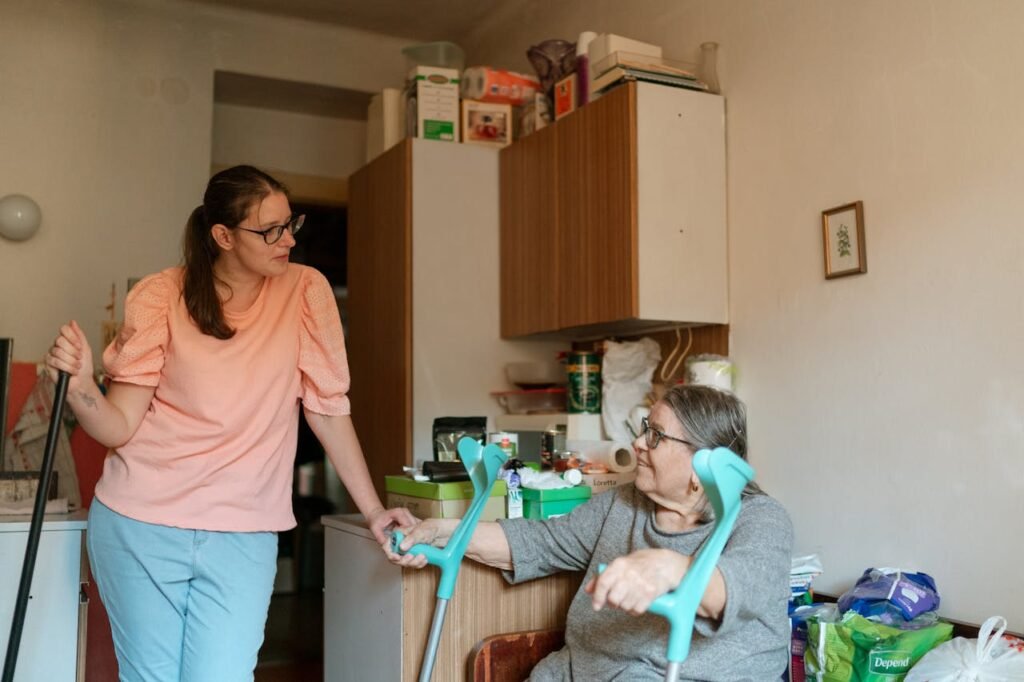
Once your foundation feels steady, it’s time to add gentle motion to your balance work. Movement strengthens coordination between your brain, body, and prosthesis.
Dynamic exercises mimic real-life actions like walking through a crowd or stepping onto a curb. These drills are still slow and safe, but they challenge your reflexes a bit more.
Start with slow, deliberate steps in a straight line. Keep your eyes forward, not on your feet. Try to place one foot directly in front of the other. If that feels too hard, widen your stance slightly.
Focus on fluid movement. Feel your weight shift evenly from heel to toe. This simple motion builds rhythm and confidence.
Controlled Reaching and Bending
Reach exercises are excellent for training balance and coordination. Place light objects, such as a cup or towel, on a table. Practice picking them up and setting them back down.
Move from different angles—front, side, and slightly downward. Keep your knees soft and your posture upright.
Bending exercises can also help. Stand near a stable surface. Gently bend your knees to lower your hand toward your shin, then rise slowly.
Avoid quick movements. The goal is steady, mindful control. These small actions teach your body to stay balanced even during daily bends or reaches.
Stepping and Turning Routines
Practice turning in place slowly. Step your prosthetic leg slightly forward, pivot gently, and return to start. Alternate directions.
Turning improves coordination between your legs and core muscles. It’s one of the most practical balance skills since real life involves constant small turns.
You can also try step-ups using a low, firm surface. Place your sound leg first, then bring your prosthetic leg up. Step down gently in reverse order.
Do this only when you feel stable, and always have support nearby. Step-ups strengthen leg muscles and teach smoother transitions on stairs or uneven ground.
Fall Prevention Strategies
Learning How to React
Even with good balance, slips can happen. The key is knowing how to react calmly.
If you feel yourself losing balance, bend your knees slightly and lower your center of gravity. Try not to lock your joints or reach out wildly, as that can make a fall worse.
If you have something stable nearby, like a wall or sturdy table, grab it slowly—not suddenly. Sudden jerks throw your body off even more.
Practicing how to respond safely builds automatic reactions that protect you during unexpected shifts.
Making Your Home Safer
A safe environment supports your progress. Start by checking your home for small hazards.
Keep pathways clear of cords, rugs, or clutter. Use non-slip mats in bathrooms and near kitchen sinks. Good lighting, especially at night, helps you see obstacles clearly.
Handrails near stairs and grab bars in bathrooms provide extra support. Simple adjustments like these reduce the risk of accidents and create confidence to move freely.
If you live alone, consider keeping your phone or an alert device close, especially during practice.
Staying Physically Active
Regular activity keeps your joints flexible and your muscles strong. Even outside balance training, simple walking, stretching, or gentle yoga can help.
Consistency keeps your reflexes sharp and reduces stiffness. Avoid long periods of sitting—stand up, stretch, and walk around every hour if possible.
Healthy movement habits make balance work easier and prevent falls naturally.
Recovery and Body Awareness
When Muscles Feel Tired
Mild muscle fatigue after balance training is normal. It means your body is adjusting and growing stronger.
After each session, rest your legs and drink water. A warm compress or gentle massage can relax tight areas.
If soreness lasts more than two days, or if you notice swelling, speak to your clinician. Adjusting your routine or prosthesis may be necessary.
Listen to your body—it’s always giving feedback. Recovery is part of progress, not a pause from it.
Checking Your Prosthesis Regularly
Balance relies on how well your prosthesis supports your body. If you notice any discomfort, pressure marks, or unusual sounds, it’s time for a check-up.
Even minor misalignment can cause uneven posture, leading to strain or imbalance. Regular maintenance ensures smoother movement and prevents unnecessary fatigue.
Think of your prosthesis as a trusted partner. The more care you give it, the better it works for you.
Restoring Confidence After a Fall
If you ever experience a fall, take a moment before standing up. Check how you feel. Move slowly and assess your body.
Falling can shake your confidence, but it doesn’t erase your progress. Try to understand what caused it—maybe fatigue, distraction, or a slippery surface.
Talk with your physiotherapist or prosthetist about it. They can help adjust your routine to prevent it from happening again.
Each setback can become a lesson in safety and awareness. What matters most is that you keep moving forward.
The Role of Mind-Body Connection
Training Awareness Alongside Movement
Balance is not only physical—it’s deeply connected to your mind’s sense of awareness. When you focus fully on each movement, your coordination improves naturally.
Try closing your eyes briefly (only while seated or safely supported) to notice how your body feels without visual help. You’ll sense small shifts in weight and tension.
This awareness sharpens over time, helping you react faster in real-world situations.
Using Calm and Breathing
Deep breathing lowers stress and stabilizes your heart rate. It also helps with focus during balance routines.
Breathe in slowly through your nose, fill your belly, then exhale through your mouth. Doing this before each session centers your mind.
If you ever feel nervous while standing or moving, pause, breathe deeply, and start again. Calmness is part of balance.
The Emotional Side of Recovery
Learning to use a prosthesis again can bring mixed emotions—hope, pride, but sometimes frustration too.
It’s okay to feel all of it. Remember that balance training is not just physical therapy—it’s emotional healing as well.
Celebrate every improvement, no matter how small. Confidence is built step by step, moment by moment.
When you move with patience and faith, you’re not just regaining balance—you’re reclaiming freedom.
Long-Term Independence
Keeping Progress Alive
Once balance becomes comfortable, make it part of daily life. Continue practicing your routines even when you feel strong.
Use short, regular sessions instead of long, exhausting ones. A few minutes of focused work each day keeps your body tuned and your reflexes sharp.
The more naturally you move, the less you’ll need to think about balance—it becomes instinctive.
Combining Balance with Lifestyle
Good nutrition, hydration, and sleep all support stability. Muscles recover better and respond faster when the body is well-nourished.
Try gentle outdoor walks or simple gardening. Light activities build endurance while keeping your mind active and joyful.
Staying socially engaged also helps. Talking, laughing, and moving with others keeps your confidence high and your spirit strong.
Living with Confidence and Ease
Your prosthesis is not a limitation—it’s a bridge to independence. With every step, your confidence grows stronger.
Balance training teaches more than just physical control—it reminds you that stability comes from within.
Whether you’re walking through your home, visiting friends, or enjoying your morning tea, your body remembers the calm strength you’ve built through practice.
You’ve worked hard to regain that steady footing. Hold your head high. Each movement, each breath, is proof of resilience and life.
Maintaining Daily Balance Habits
Simple Balance Habits You Can Keep for Life
Once you have learned the basics, the real goal is to make balance training part of your everyday life. It doesn’t need to be complicated or time-consuming. Small actions done regularly can make a big difference over time.
Every time you stand up from a chair, pause for a moment and feel your weight settle evenly on both legs. When you walk, pay attention to how your prosthesis touches the ground. Notice the rhythm of your steps. These little awareness checks strengthen your stability naturally.
If you watch television, you can use the commercial breaks for short practice. Try gentle weight shifts or slow heel raises while standing behind your chair. These mini sessions keep your muscles active without extra planning.
The key is consistency. Balance, like any other skill, fades if not used. Daily reminders and micro-movements keep your reflexes alive and your confidence high.
Turning Chores into Training
Daily chores are perfect for balance practice. Folding laundry, sweeping the floor, or watering plants all involve bending, reaching, and shifting weight. Use them as opportunities to reinforce steady posture.
When you reach for clothes, engage your core and move smoothly. When you sweep, try to move from your hips rather than your shoulders, maintaining alignment. When watering plants, step with control instead of rushing.
These activities turn movement into natural therapy. Instead of carving out extra time for exercise, you merge balance work into your daily rhythm. Over time, your body adapts so well that stability becomes effortless.
Using Support Tools Wisely
Assistive devices such as canes, walking sticks, or handrails are meant to support—not limit—you. Using them when needed is a sign of wisdom, not weakness.
If a walking stick gives you confidence outdoors, use it proudly. As your strength grows, you may need it less often, but it’s always there for reassurance.
Even within your home, well-placed supports like rails or stable chairs encourage safe practice. They allow you to push your limits gradually without fear of falling.
Balance improvement happens best when safety and courage work together.
Staying Connected and Motivated
Learning from Others
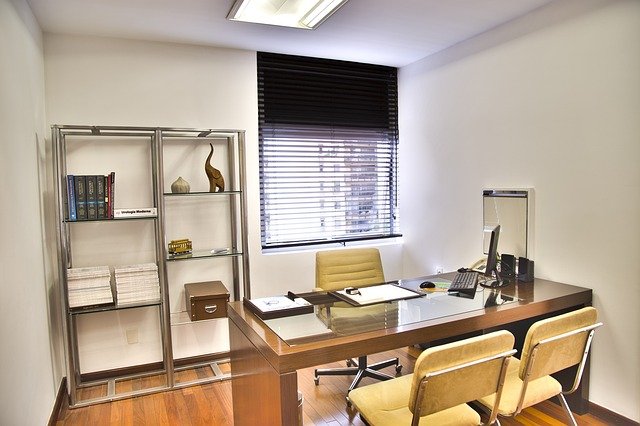
Joining a community of prosthetic users can be deeply inspiring. Talking with people who face similar challenges reminds you that your journey is shared by many.
Local prosthetic centers, rehabilitation groups, or online forums often host meet-ups or discussions. You can exchange tips, celebrate progress, and motivate each other to stay active.
Seeing others succeed encourages you to keep moving forward. It also helps you realize that balance is a lifelong skill—something that can always improve, no matter your age.
Involving Family and Friends
Your loved ones play a huge part in your confidence. Invite them to join your exercises. They can help make practice fun and social instead of feeling like a chore.
Ask a family member to walk beside you during outdoor practice or hold your hand while you try a new movement. Their presence adds emotional safety, which is just as important as physical safety.
It also helps them understand your journey better. When people see the effort you put in, they appreciate your strength even more. This shared understanding strengthens relationships and support at home.
Tracking Progress the Smart Way
Keeping a simple record of your progress can be surprisingly motivating. Write down what exercises you did, how steady you felt, and how long you practiced.
Even if it’s just a few lines each day, these notes show patterns over time. You’ll start to notice how your balance improves, how your confidence grows, and how your prosthesis feels more natural with every passing week.
Looking back on those early notes later will remind you how far you’ve come. It’s a quiet but powerful form of self-encouragement.
The Joy of Continuous Learning
Adapting with Time
Your body changes as you grow older, and so will your balance needs. This is perfectly normal. Staying adaptable keeps your progress smooth and safe.
From time to time, ask your physiotherapist to review your exercises. They can introduce small modifications to match your current strength and energy levels.
Sometimes, a new environment—like a park or a different floor texture—can offer a fresh challenge. Keep exploring safely. These new experiences keep your coordination sharp and your spirit lively.
Balancing Both Body and Mind
Balance is more than standing still; it’s how you move through life calmly and with awareness. Keeping a peaceful mind helps your body respond better to changes in movement or weight.
If you ever feel anxious, return to slow breathing. Inhale deeply, exhale gently, and remind yourself that every movement is progress. A steady mind builds a steady body.
Many users find meditation or short relaxation breaks helpful. They reduce tension and improve control. Balance is not about perfection—it’s about harmony between strength and calm.
Finding Joy in Small Moments
Balance training isn’t only about preventing falls—it’s about rediscovering freedom. Each smooth step, each stable turn, is a small victory that adds confidence to your day.
You may notice that activities you once avoided—like walking outside, playing with grandchildren, or cooking—start to feel easy again. That’s the real success of training: regaining the simple joys that make life full.
When you approach practice with curiosity instead of pressure, every session becomes rewarding.
Inspiration for the Journey Ahead
Your Progress Is Proof of Strength
Think about where you started and where you are now. Every day you chose to stand, move, and trust your prosthesis again. That takes courage.
Balance training may begin as physical therapy, but it becomes something much deeper—a reminder that your body can adapt, and your spirit can rise after challenge.
When others see you walking confidently, you’re not just inspiring them; you’re showing what human resilience truly looks like.
Staying Committed for Life
Balance doesn’t end when the exercises stop—it’s a lifelong habit. Even after you master your routines, continue practicing small moves daily.
Walk with awareness, climb steps mindfully, and stay curious about how your body responds to new situations.
Remember, balance is not something you lose once you’ve learned it. It’s something you maintain with care, just like brushing your teeth or eating healthy meals.
Consistency keeps you free to enjoy life’s movements with confidence.
The RoboBionics Promise
At RoboBionics, we believe every individual deserves not just a prosthetic limb but a chance to live with comfort, independence, and dignity. Our mission goes beyond engineering—it’s about helping people move freely again.
Through our products like Grippy™, the BrawnBand, and our gamified rehabilitation tools, we aim to make advanced prosthetics affordable and accessible for everyone across India.
If you or a loved one is ready to begin or restart the journey to confident movement, we invite you to experience it firsthand. You can book a personalized demo session at robobionics.in/bookdemo.
Let our team show you how the right prosthesis, combined with safe, simple balance training, can bring back not just movement—but joy, ease, and trust in your own body again.
You have walked through challenge and learned to stand strong. That strength is now yours to carry forward.
Your balance is more than just a skill—it’s your freedom, your independence, and your quiet victory.



